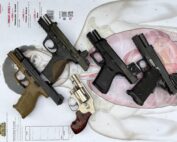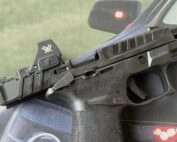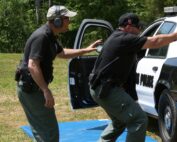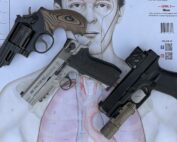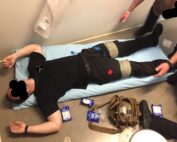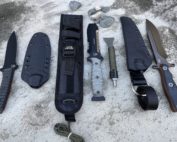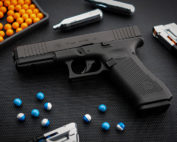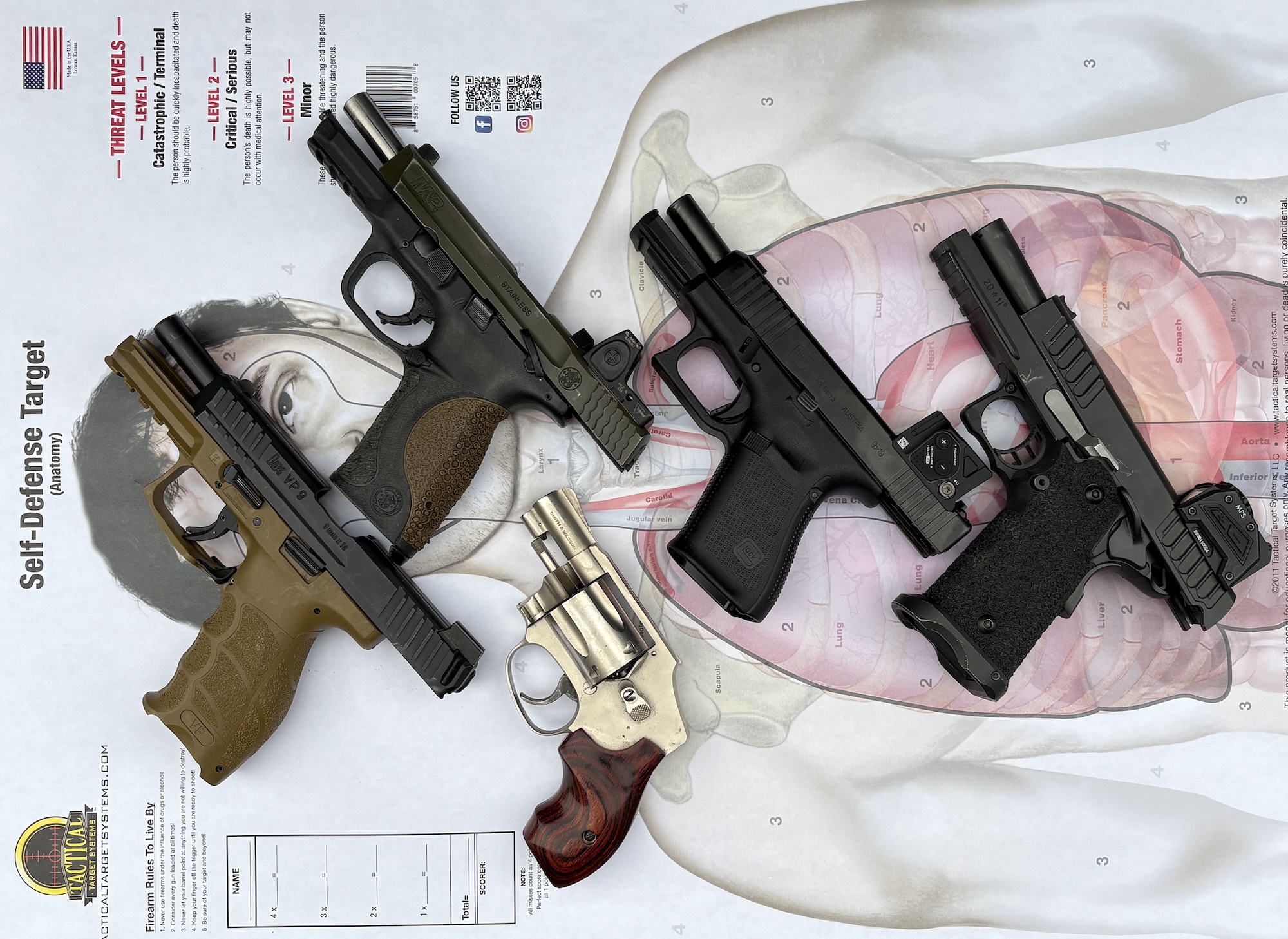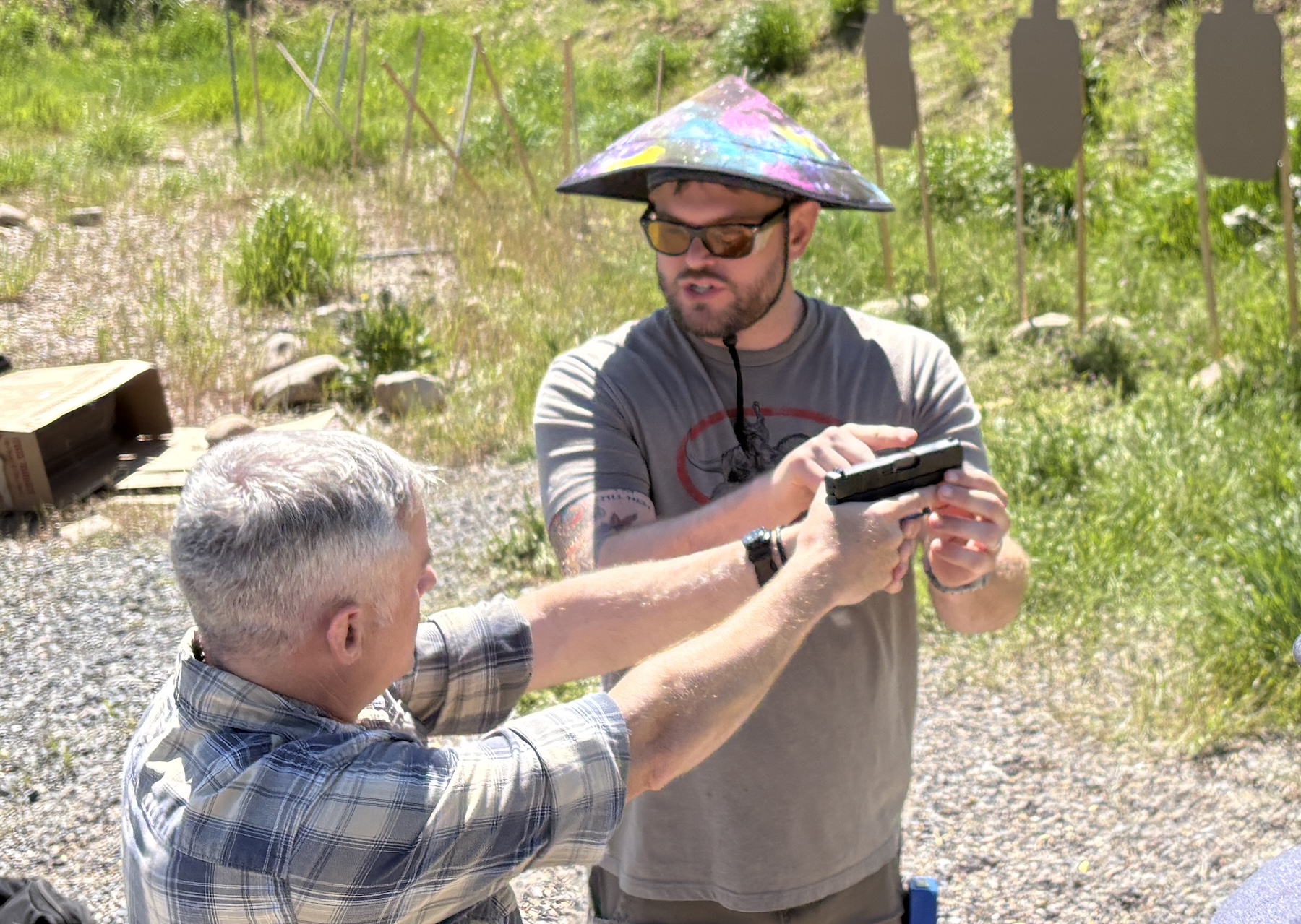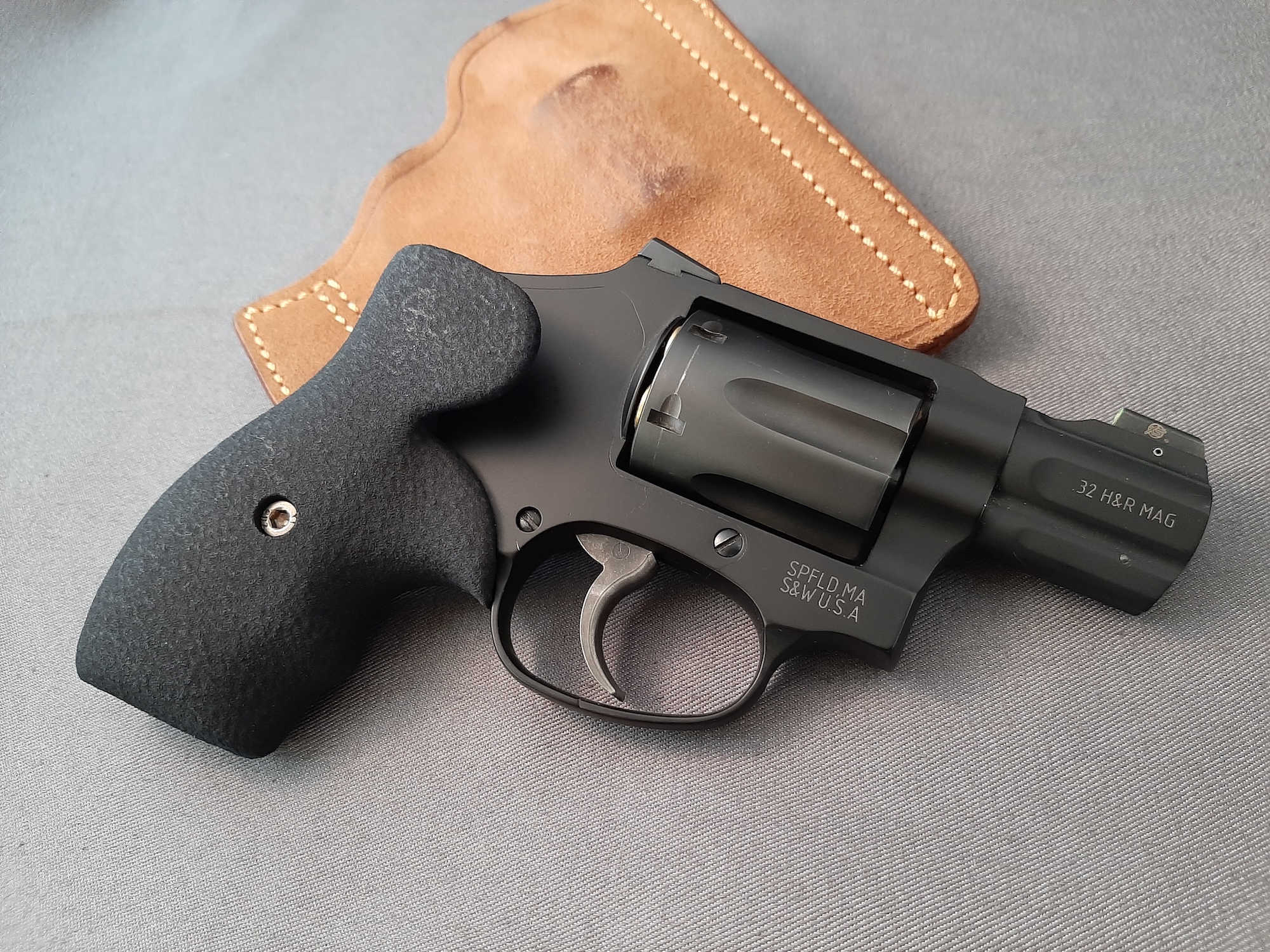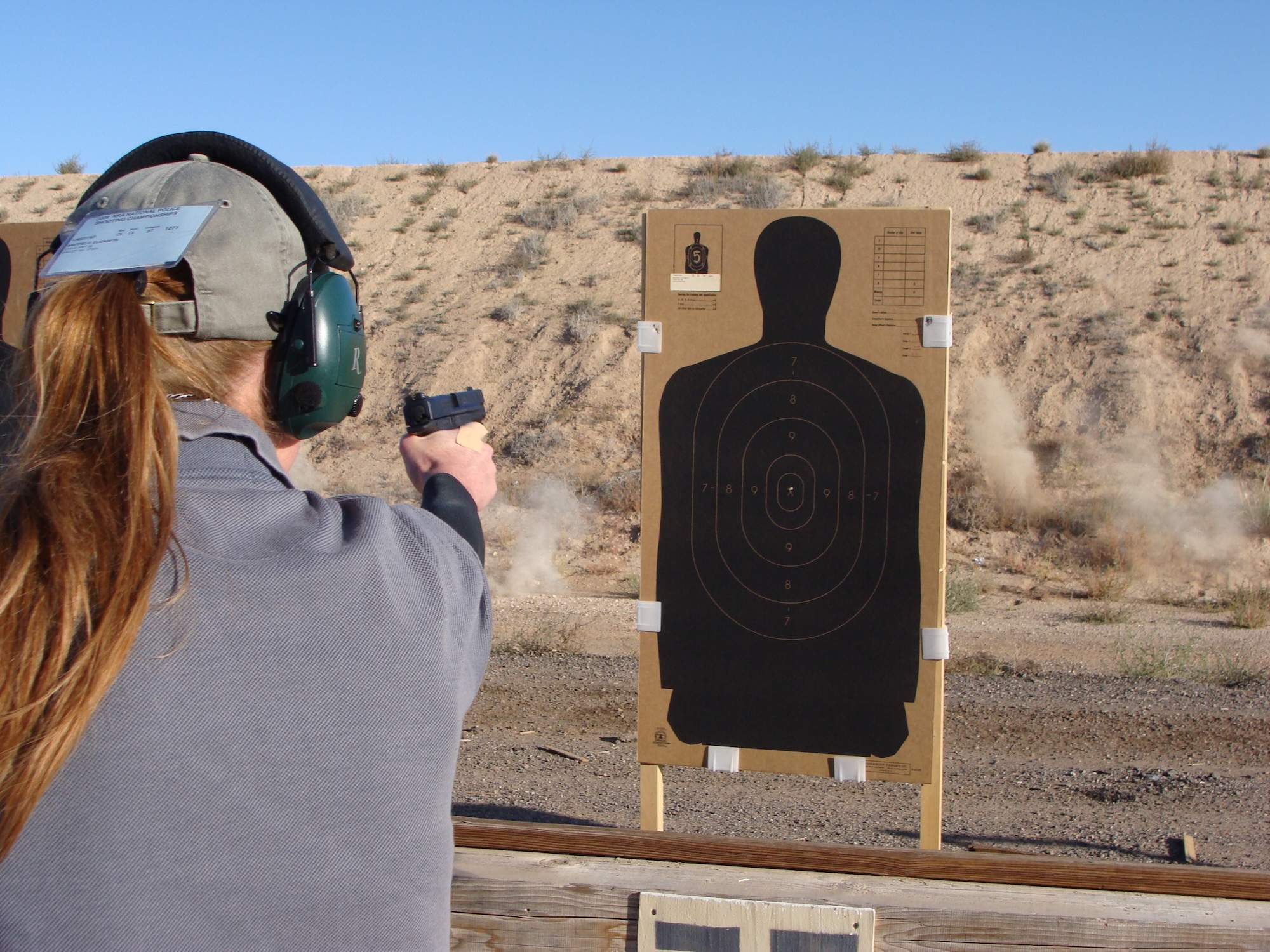
feature-NPSC 006
This officer is off to a good start on a stock match shooting a S&W M&P. You don’t need a race gun to compete. Photo by Verna Adams.
(Editor’s note: August is National Shooting Sports Month. Because of that, you will see a few articles covering competitive shooting. Appropriately, we are starting with PPC.)
PPC (Police Pistol Combat) shooting was developed in the late 1950s to help police officers improve their firearms skills. It’s still relevant today for building fundamentals, even if it doesn’t have the following it once did.
National Match
The number of competitors at the National Police Shooting Championships dwindled to about 80 last year. In decades past, hundreds of shooters would make the pilgrimage to compete at the NPSC. PPC competition has been berated for being “nontactical,” slow, and boring to watch. People have criticized the B-27 targets used because the 10-ring makes competitors aim lower than they should on a human silhouette. Detractors grumble that one must make big investments in guns (that can’t be used for much else) to be competitive in the open-class matches. The format is so ancient that it was designed around revolvers, for goodness’ sake!
Evolution
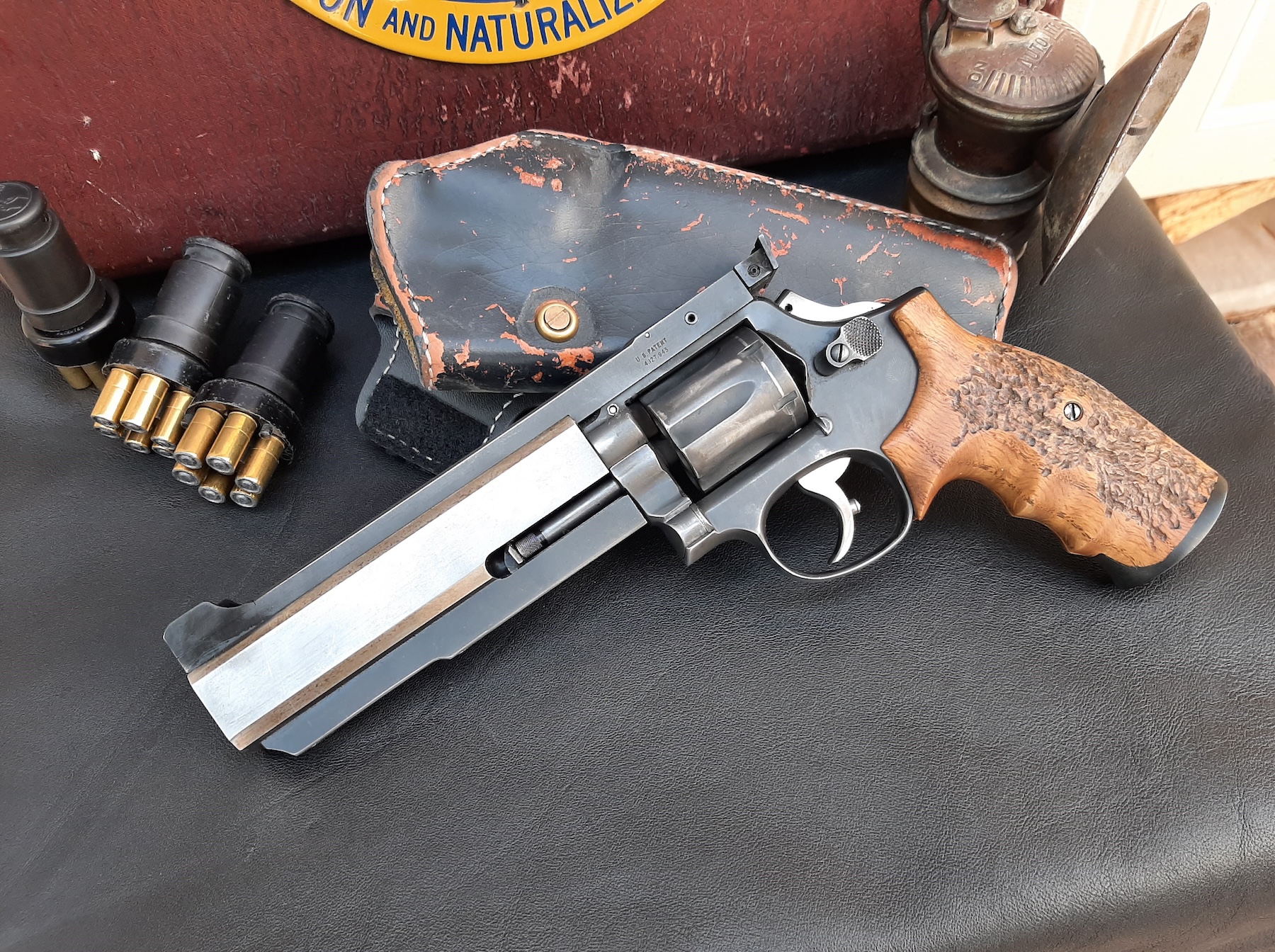
An example of a purpose-built PPC revolver. Want to learn trigger control? Work on a good DA trigger in a good revolver.
PPC came to be when virtually every American Cop carried a revolver. Like IPSC, the sport suffered an arms race of sorts during the 1970’s. The resulting open-class revolvers, with their heavy barrels and three-position target sights, were “specialized” tools. After semi-autos took over as duty weapons, the NRA Law Enforcement Division expanded the game to include self-loaders. Open-class semi-auto guns also soon evolved into limited-purpose competition guns. The Open guns were about the game, but the rules for other matches were tighter and were designed for normal guns. Open and Distinguished Matches include stages at 50 yards. In comparison, matches in the duty gun division are fired at 25 yards and closer.
Officer’s Performance
Many cops who excelled at PPC have done great things elsewhere.
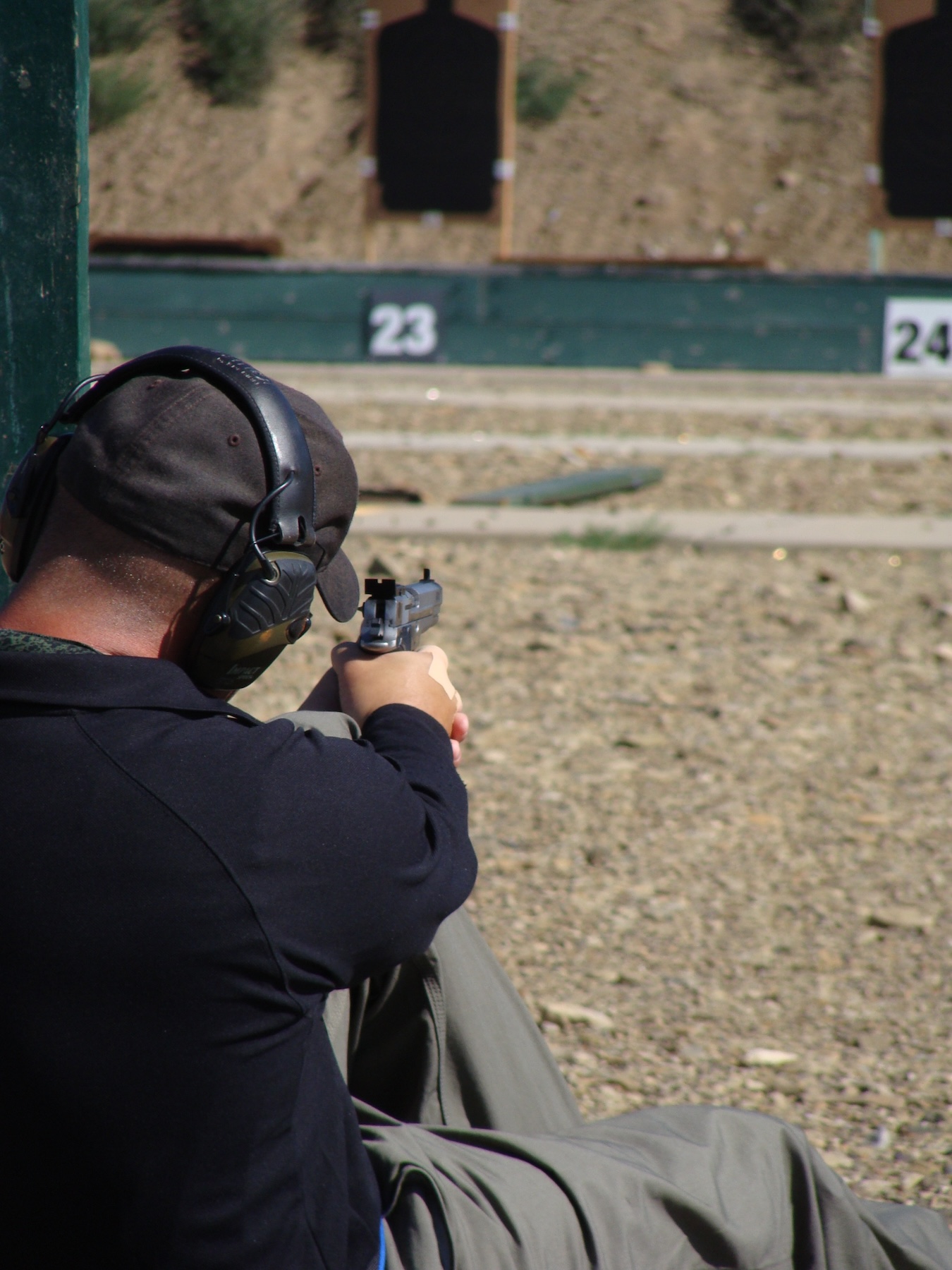
There’s a bit of a learning curve, but shooting from a seated position at 50 yards can deliver solid hits. Photo by Verna Adams.
LAPD’s John Pride won the NPSC several times and the NRA Action Pistol Championship (Bianchi Cup) four times. Retired Captain Phillip Hemphill (May he rest in peace) of the Mississippi Highway Patrol was arguably the greatest PPC competitor ever; he was loved and revered by PPC shooters. He took up Bullseye and eventually won the 2011 National Pistol Championship at Camp Perry.
My friend Benito Martinez, a former SWAT cop with the Albuquerque Police Department, worked hard to become a top-level PPC competitor. His skillset also transferred well to action disciplines- he won the Bianchi Cup in 2022.

Open class 1500 matches require firing 150 rounds of ammunition. You must take all your stuff with you. Photo by Verna Adams.
Rob Vadasz is the winningest competitor in NPSC history, with 12 national titles. He dominated the Metallic category at the Bianchi Cup for many years using the same gun he used for PPC. He spent most of his career on the US Border Patrol National Team. That bunch represents what’s best about the sport. Its members are at the top of the game, but they will welcome you, give valuable advice, and help in any way they can.
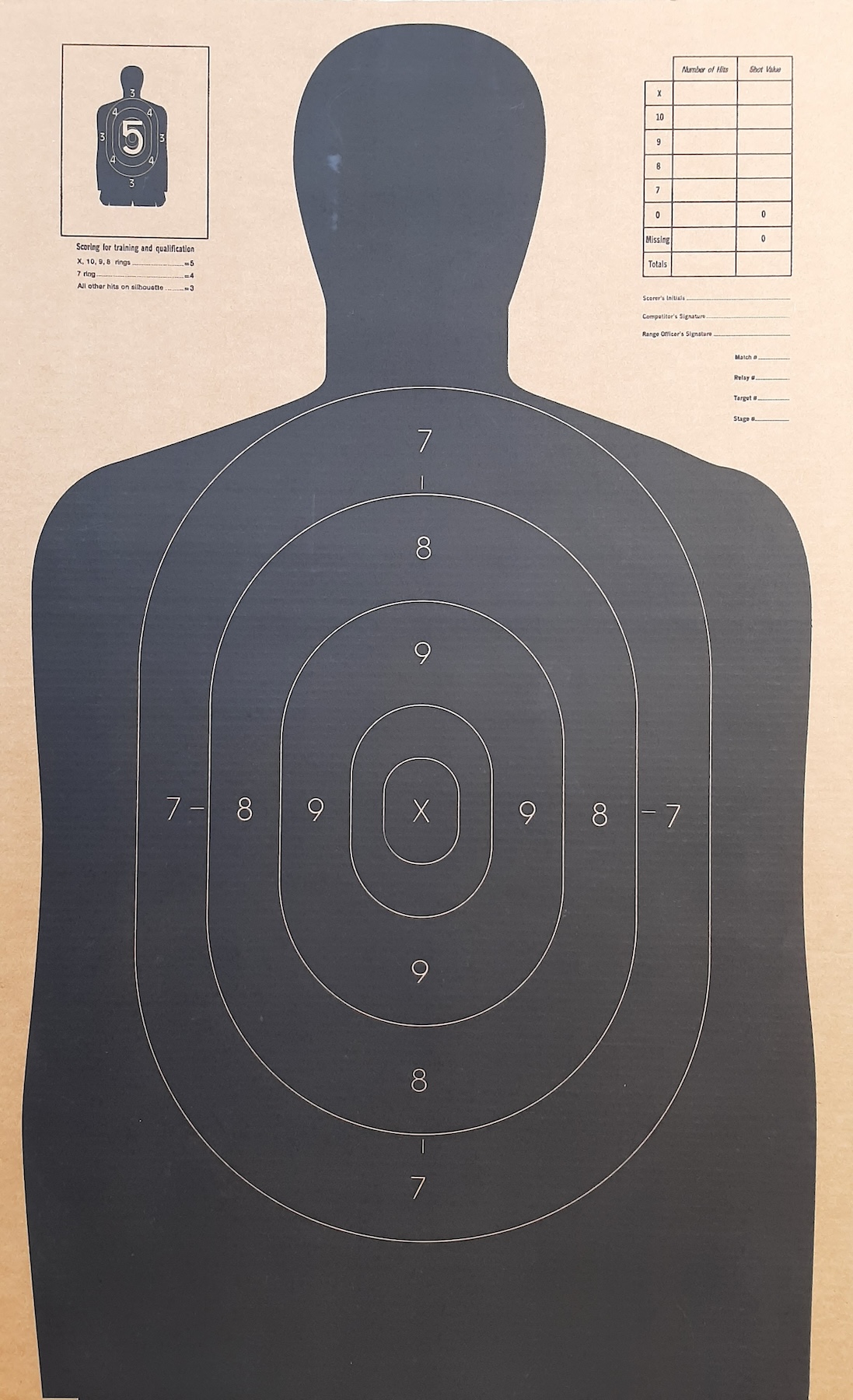
The X ring on a B-27 may be lower than ideal for realistic training, but it’s fine for fundamental skill work.
Most firearms instructors will tell you they can build speed in a shooter who has a solid grasp of the fundamentals of marksmanship. It’s harder to start with an unpolished but fast shooter and teach them pinpoint accuracy. PPC shooting is a great help in that quest. Like any competitive shooting pursuit, PPC creates stress that must be dealt with in order to perform adequately. Match pressure isn’t “gunfight” level stress, but it still helps inoculate against the stress created by a deadly force encounter. The stopwatch helps you discover what gear works under pressure. PPC shooting also teaches you how to shoot off a barricade, using it for effective support. There are times in the real world when you have no choice but to crowd your cover; it’s good to know how to use it to your advantage.
NRA’s Involvement

NRA recently allowed optics to be used. The M&P would work for Production Duty Optic, the Sig365XL for Off Duty Production Optic.
The NRA LE Division does its best to keep the game relevant with respect to current equipment. There are now matches in the open and duty divisions specifically for guns with optics- even for off duty guns so equipped. You can show up to a match with your box stock duty gun and enter nearly all the semi-auto matches with it. You’d be unlikely to win an open match with your Glock 17, but you’d get 150 rounds of challenging trigger time. PPC quickly exposes flaws in fundamentals and provides graduate-level coursework in using the sights and controlling the trigger.
A Y In The Road
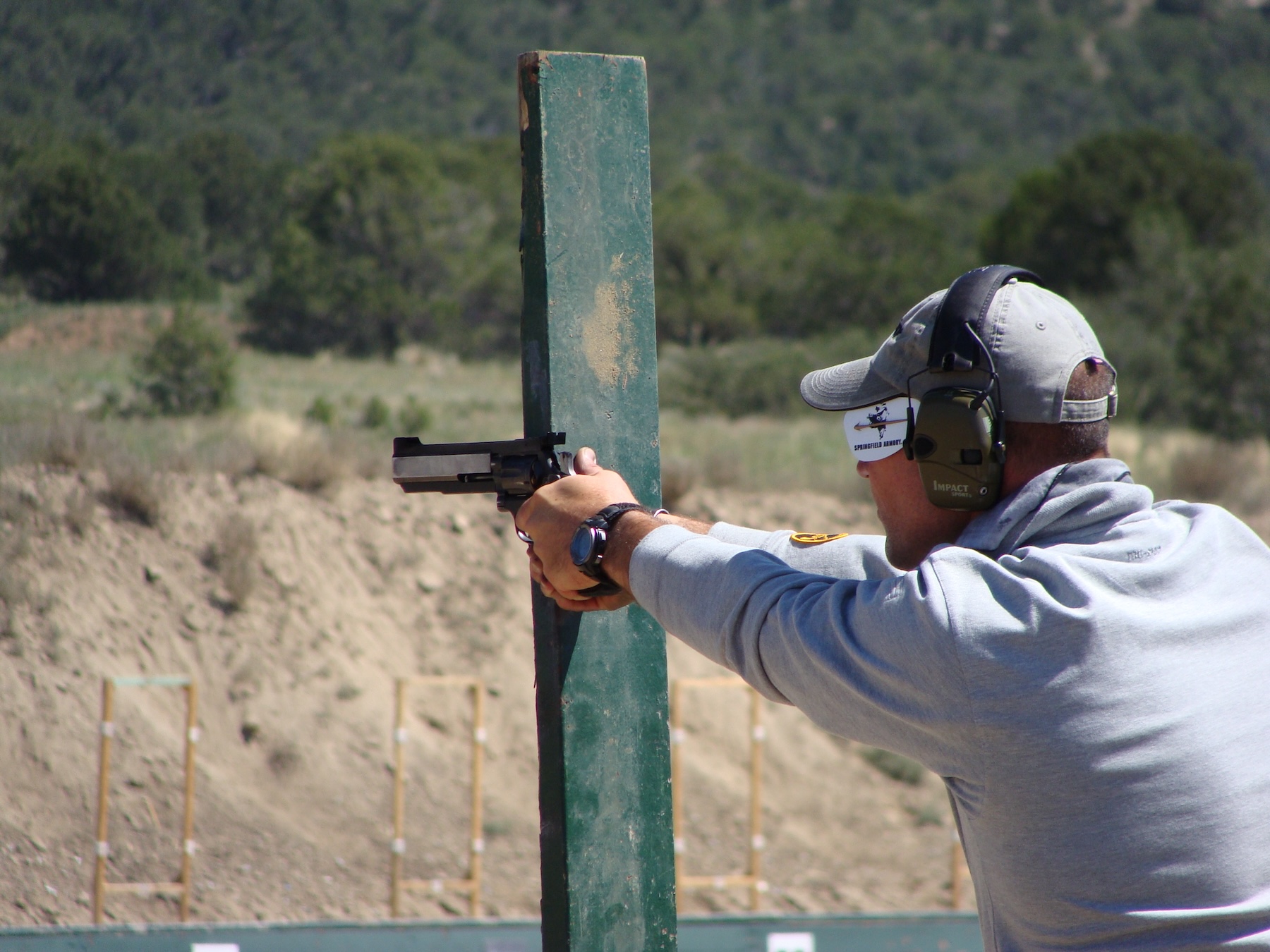
PPC will teach you to use a barricade effectively for support. That’s important when you’re shooting at 50 yards with your off hand. Photo by Verna Adams.
After a few matches and a little practice, you’ll be competitive in the Stock Service Pistol Match and the Production Pistol Match with that Glock. Soon, you’ll reach a crossroads: jump in with both feet and invest in guns and gear- or stick with your carry gun and equipment to become more proficient with your fighting kit.
Final Thought
Either way, your skills benefit. Why not give it a try?
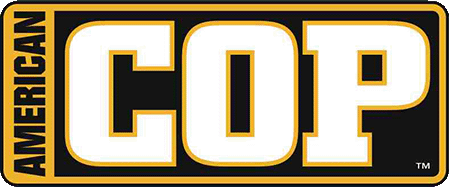

 (+8 rating, 8 votes)
(+8 rating, 8 votes)